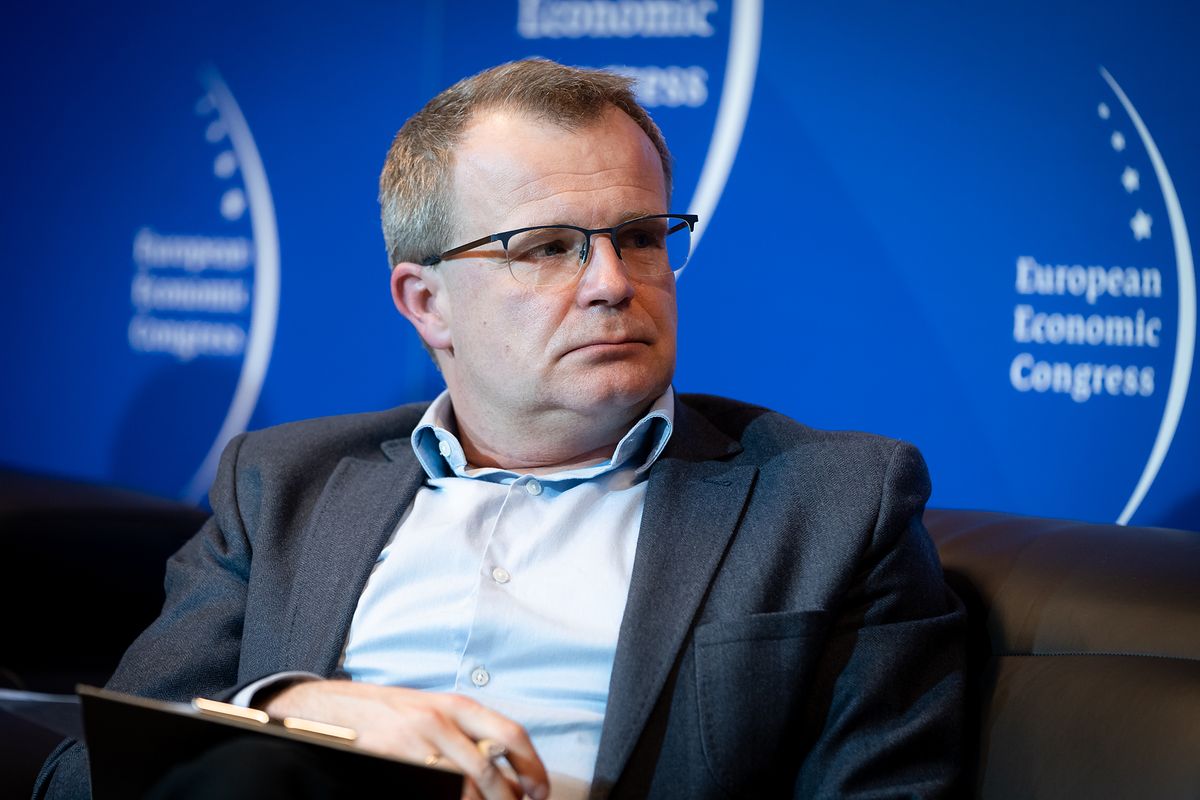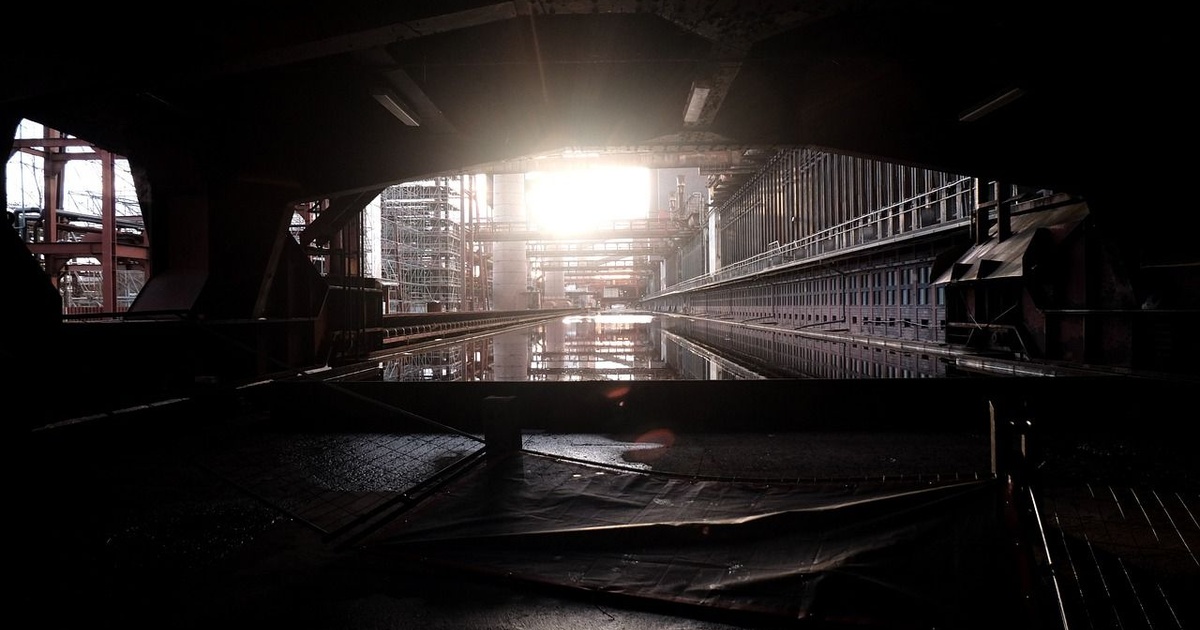Interest rates – what next?
After the February changes, the reference rate was 2.75%. It is certainly not the last word of the MPC and we can expect further increases. Moreover, during the recent conference, NBP Governor Adam Glapinsky said that the key rate at 3.5% should not hurt the economy. Thus, we can expect at least two additional rises (maybe in March and April). Current quotations for futures contracts suggest that the board may go further and raise the key rate even above 4.0%. Sentiments also stem from strong increases in our neighbors – the Czech Republic, where the interest rate is already at 4.5% and is expected to exceed the 5% target. In my opinion, it is unlikely that our country will adopt the Czech scenario. I argue this, among other things, with the very different structure of bank loans in both countries. In Poland, those with a variable interest rate predominate. In the Czech Republic, fixed-rate loans prevail. This in turn makes our economy more sensitive to fluctuations in the cost of money. Raising interest rates above 5% can “kill” the boom and put us in a recession. Therefore, instead of a sharp tightening of monetary policy, the burden of fighting inflation in our country has been shifted to financial instruments (such as anti-inflation shields).
On the other hand, anticipating a few years to come, I expect the interest rate to stabilize at a level of no more than 2.5%. Of course, rates will rise in the coming quarters, but will not exceed 4%. It is possible that this situation will continue until mid-2023. Later, however, the NBP policy is likely to be relaxed. Moreover, target rates may be even lower than before the epidemic (1.5%). Where does this thesis come from? From an analysis of the experiences of other countries. They have shown that along with the increase in GDP, the cost of money in a particular country is systematically decreasing. Since the long-term prospects for the Polish economy are good, I see no reason why it should be otherwise in our country.
The market is waiting for stability, but housing prices will continue to rise
Last year in the real estate market aroused a lot of emotions, not only in terms of the number of deals, but also in terms of price hikes. In addition to the traditional domination of the markets of Warsaw and Krakow, the tri-city was on the platform. Good living conditions in Gdansk, Gdynia and Sopot make all of Poland buy apartments here.
2022 is likely to bring more peace to the real estate market. Recent record activity for developers and rising interest rates give the opportunity to eventually balance supply and demand. I expect the price increase to slow to around 7-8% per year. For comparison, last year we recorded increases of a dozen or so,

And in some cases – tens of percent. However, the increase in housing prices is still inevitable. The reasons, among others, are high construction costs, planned legal changes, land shortages, and consequently high and rising purchase prices.
The decision on a mortgage is always an individual matter, which must be preceded by an analysis of your financial capabilities. We often talk about a commitment of 20-30 years. It is normal for the level of interest rates to change over such a long period of time. This, in turn, has a significant impact on the amount of premiums paid.
However, it is consolation that in most provinces, even after recent increases, mortgage repayments do not exceed a quarter of disposable income. This means that Polish families usually have a strong reserve that allows them to amortize the increased premiums.

Credit disaster or simply return to normal?
When reading reports on changes in loan installments, it is worth taking into account the fact that the vast majority of existing borrowers are people who took out loans before April 2020. The time of the epidemic, due to very low interest rates, was for them a kind of “promotional period”. Now there is a return to the long-term average (in 2010-2019, the average value of the three-month WIBOR rate was close to 3%, and its level periodically exceeded 5%, which is much more than it is today)
However, if market expectations come true and the three-month WIBOR rises to about 4%, the increased costs will become more apparent. For a typical loan (400,000 PLN for 25 years) it will be about PLN 700 extra per month compared to the level before the increases. However, this should be compensated for by an increase in wages. According to available forecasts, it is set to grow in the next two years at a rate of approximately 8% per year. In May, the provisions on the special contribution secured under the so-called Polish deal. After all things considered, the demand potential will still be great.

Take a loan or wait?
Let us return to the question many Poles are asking themselves today. The rising premiums and subsequent reports of expected increases in interest rates mean that some of us may simply fear that we will not be able to repay the loan. First of all, it is worth staying calm and remembering that WIBOR is a leading indicator. Its current value already takes into account most of the expected increases. Therefore, the incremental increase should not have such a significant impact on loan costs.
In addition, when deciding on a loan, it is better to put aside emotions and speculation and analyze the data instead. If the cost of the loan is less than the growth rate of real estate prices, the decision may not be postponed. In general it will simply be more expensive. For example, when buying an apartment in the amount of 400,000 PLN, we will pay about 20 thousand. PLN interest within 12 months, but at the same time our property will gain much more value during this time (with an 8% growth rate it will be 432 thousand PLN). Higher interest rates also create room for lower credit spreads. Signals from banks indicate that getting a loan with a margin of 1.8% or less (the average for the third quarter of last year is 2.22%) is getting easier and easier.

Why believe that housing prices will continue to rise? This is indicated by the historical correlation between real estate prices of 90% and the average salary. Meanwhile, in line with expectations, we can expect wages to rise around 8% annually. Higher prices also lead to higher cost of materials and land and higher inflation.
As with all big deals, the decision to take out a loan and buy an apartment can be stressful. If we feel bad about the financial commitment for the next 20-30 years, we can of course choose to rent an apartment or choose a cheaper property. Thanks to this, the premium will be less burden on the family budget. For investors, in addition to the increase in the value of the apartment, an additional impact may be the rental income from the purchased property – an average of 5-6% per year. It is always worth keeping in mind that over the course of two or three decades, there may be worse and better times for borrowers. In the next few years, premiums are likely to drop. The real estate market itself is stable. Not even the global crisis related to the coronavirus pandemic has caused home prices to fall.
Author: Piotr Tarkowski, real estate expert, Member of the Board of Directors of Allcon


Echo Richards embodies a personality that is a delightful contradiction: a humble musicaholic who never brags about her expansive knowledge of both classic and contemporary tunes. Infuriatingly modest, one would never know from a mere conversation how deeply entrenched she is in the world of music. This passion seamlessly translates into her problem-solving skills, with Echo often drawing inspiration from melodies and rhythms. A voracious reader, she dives deep into literature, using stories to influence her own hardcore writing. Her spirited advocacy for alcohol isn’t about mere indulgence, but about celebrating life’s poignant moments.










